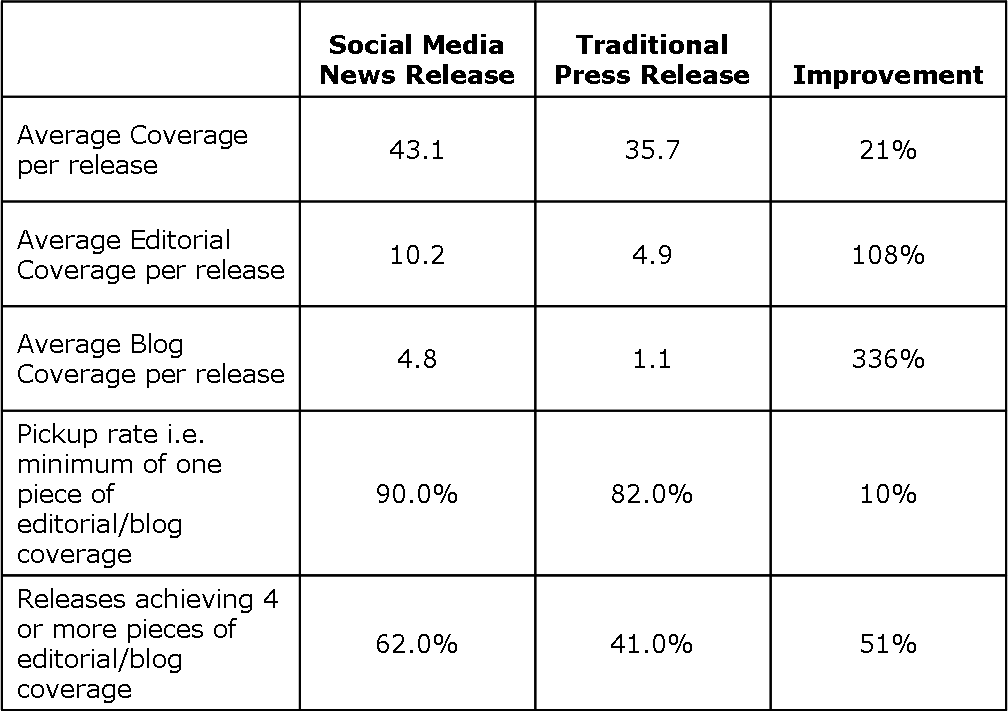Well the silly season is pretty much over and at RealWire we have been using this quiet time to go on holidays, get married (congratulations Hollie!) and put the finishing touches to our new animation.
The video is called “Online PR is all about Community” and tries to provide a simple analogy for people to bear in mind when approaching online PR. Here it is:
Online PR is all about Community from RealWire on Vimeo.
There are lots of white papers, reports, posts, articles etc giving instructions, guidance, facts and knowledge around this subject of course. Commoncraft for instance do a brilliant job with their videos, but these focus more on the specifics of the elements of the online world themselves – e.g. RSS, Twitter, Social Bookmarking etc.
We hadn’t really seen someone attempt to produce something that tried to distil things into a simple story that gets at the fundamentals and then produce it in a (hopefully) entertaining way. The analogy we use in the video isn’t new, in fact its as old as the hills, but perhaps it will help to serve as a reminder of what sits at the heart of good “people” relations.
So far we have had a great response from people all over the world with the video already clocking up almost 4,000 views in its first week and over 100 tweets. Thank you to everyone who has watched the video to date and been kind enough to take the time to provide their feedback either directly or indirectly. We really appreciate it.
The production of the video, and in particular the script development, focussed our minds on confirming that the way that we at RealWire do things fits this approach. We have given an overview of how we think our approach to distribution strives to be consistent with the principles outlined here. We aren’t resting on our laurels though, we will make mistakes sometimes, but we will always be open to feedback and suggestions of how we can improve, so that we can play a valuable role in the online community.
Finally a big, big thank you to Owen and the team at Thumb Digital our partners in crime when it comes to making these videos. And a special thank you to Steve, the designer who has produced both of our videos, and has to put up with me in particular being very picky! ![]()




